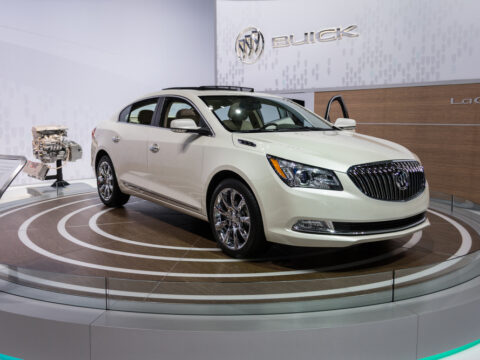Trucks have long been celebrated for their rugged functionality, power, and design innovation. But not every model rolls off the assembly line to applause and acclaim. In the diverse world of truck design, some have become notorious not for their strength or efficiency but for their appearance. From design mishaps to aesthetic missteps, this article will dive into the trucks that dared to be different but ended up on the wrong side of design history.
Contents
Chevrolet Avalanche (2002-2006)

The first-generation Chevrolet Avalanche was criticized for its awkward combination of a Suburban SUV front end and a pick-up truck bed. This design led to an unbalanced look that was neither sleek nor rugged. The plastic body cladding that adorned the sides was a particular point of contention, appearing out of place and cheapening the overall appearance.
Chevrolet SSR (2003-2006)

The Chevrolet SSR tried to blend a retro roadster with a pickup truck, resulting in a confusing and polarizing design. Its heavy fenders, odd proportions, and convertible roof made it look neither sporty nor practical. Though it housed a powerful V8 engine, the aesthetics didn’t resonate with traditional truck buyers.
Nissan Titan XD Warrior Concept (2016)
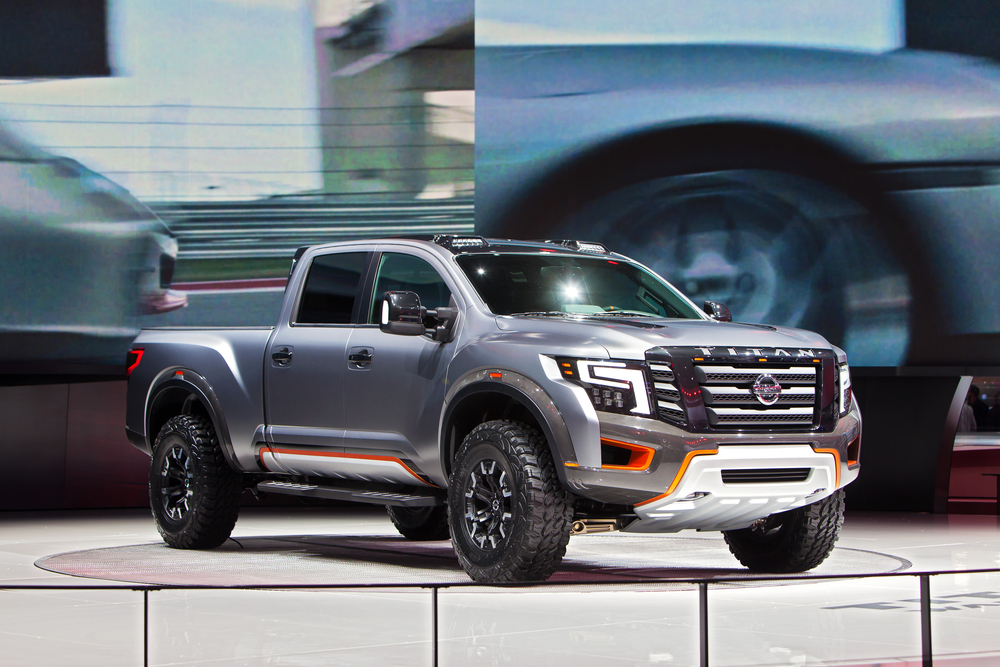
While concept cars often push boundaries, the Nissan Titan XD Warrior Concept was considered by some to be overly aggressive. Its exaggerated fender flares, towering stance, and sharp angles were seen as forced and excessive, lacking the refined aggression that resonates with many truck enthusiasts.
Honda Ridgeline (2006-2014)
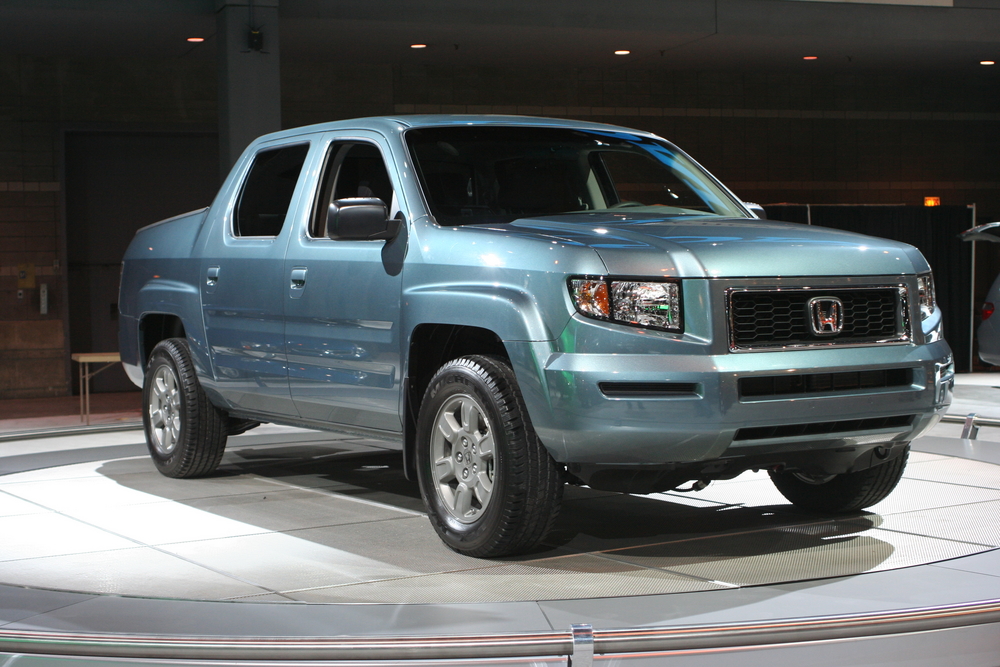
The first-generation Honda Ridgeline was often criticized for its unconventional design. The sloping buttresses connecting the truck bed to the cab were particularly divisive. While Honda aimed for aerodynamic efficiency, many truck enthusiasts felt that the design sacrificed rugged appeal, resulting in an appearance that didn’t resonate with traditional truck buyers.
Subaru Baja (2003-2006)
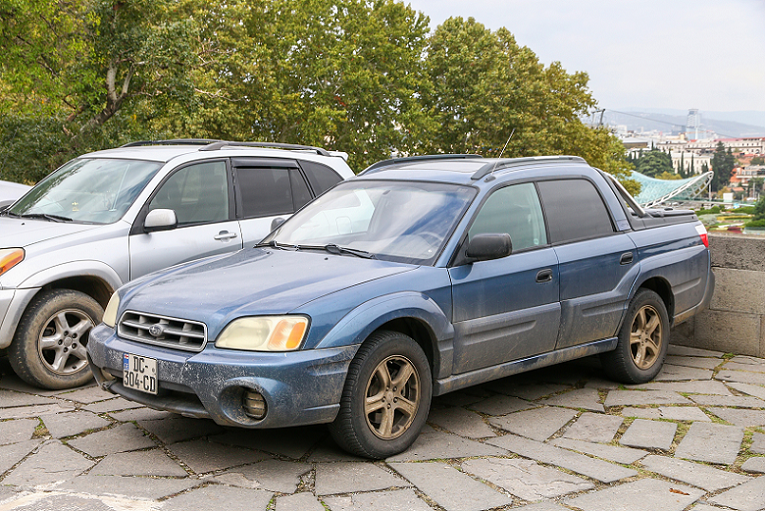
The Subaru Baja’s attempt to blend car comfort with pickup utility led to a design that many found unattractive. Its small bed and four-door passenger compartment created odd proportions, and the overall styling lacked the cohesive design found in other pickups.
Mahindra Scorpio Getaway (2006-present, International)

The Mahindra Scorpio Getaway, primarily sold in international markets, has been criticized for its awkward proportions and outdated design. The truck’s small wheels, narrow body, and tall stance create a top-heavy appearance. The lack of cohesive design makes it an appearance that many consider unattractive.
1961-1966 GMC Pickup
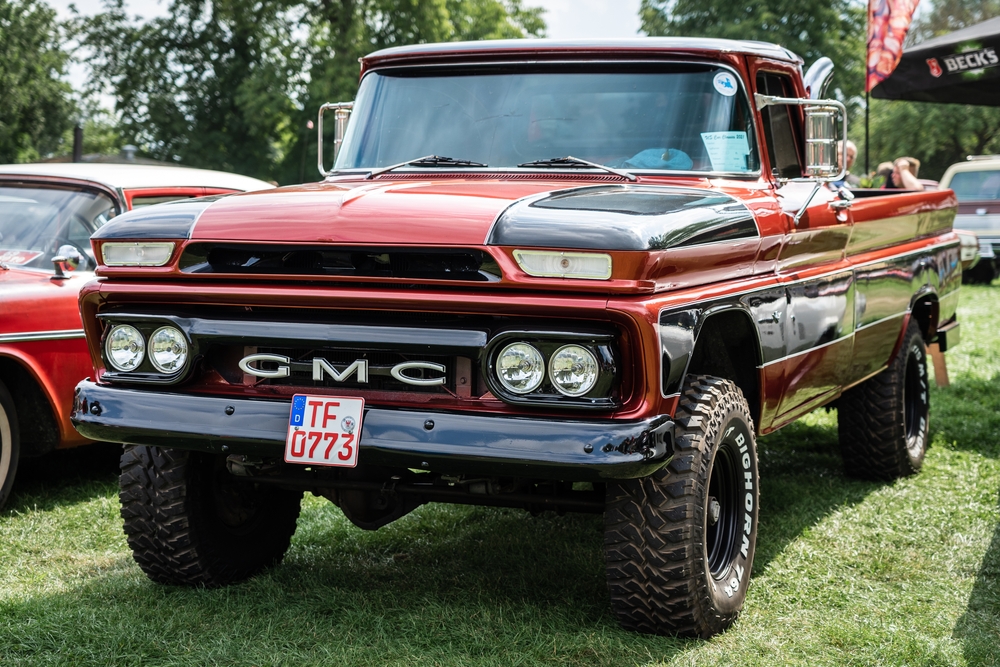
The 1961-1966 GMC Pickup range was part of a generation that introduced a new body style, but not all the design choices were well-received. The grille, in particular, drew criticism for its fragmented and overly busy appearance. Combined with the truck’s somewhat boxy profile, the design appeared dated even during production. While the truck was sturdy and functional, its aesthetics were often viewed as lacking, especially compared to some of its contemporaries.
Subaru Brat (1978-1994)

The Subaru Brat, short for “Bi-drive Recreational All-terrain Transporter,” was an odd hybrid between a car and a pickup. Its design was unconventional, with angular lines, peculiar headlights, and, most famously, rear-facing jump seats in the bed. These design quirks led to a somewhat disjointed and awkward appearance that was often described as unattractive. Despite its unique design, the Brat did have its fans but generally makes lists for its unconventional aesthetics.
Dodge Ram SRT-10 (2004-2006)

The Dodge Ram SRT-10, equipped with the same engine found in the Viper, was a performance powerhouse but faced criticism for its design. The exaggerated hood scoop, oversized spoiler, and bold side exhausts gave the truck a look that some considered gaudy and overdone. While it was an absolute performer on the road, the aesthetics were seen by many as excessive, leading to a divisive opinion on its appearance.
Ford Explorer Sport Trac (2001-2010)
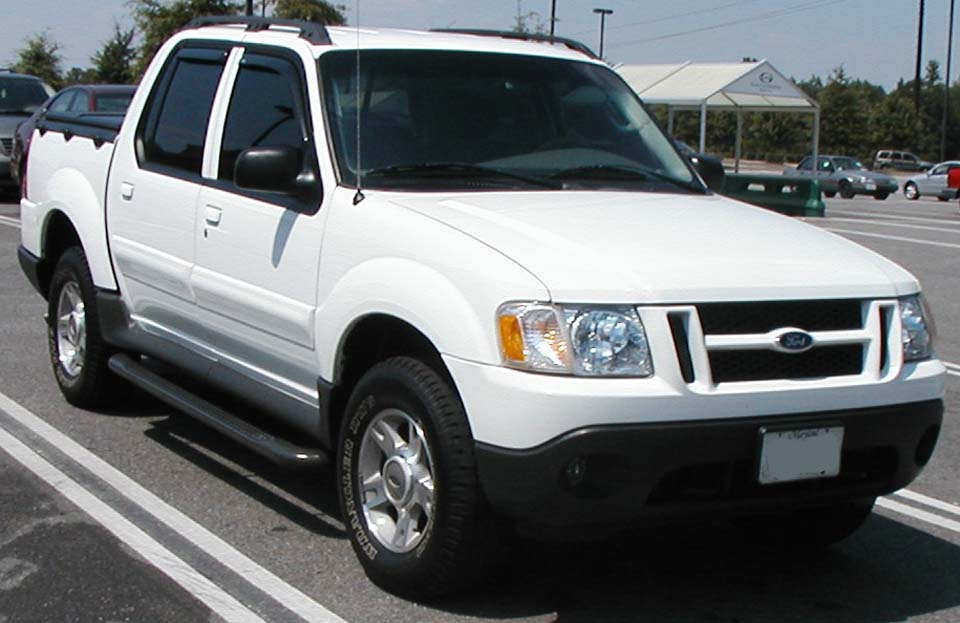
The Ford Explorer Sport Trac attempted to combine the features of an SUV and a pickup truck but ended up not excelling at either. Critics pointed out its limited cargo space and less-than-robust towing capacity compared to dedicated trucks. The design featured a cut-off rear that led to an unbalanced appearance. Though equipped with a V6 and optional V8 in later models, the Sport Trac was criticized for poor fuel efficiency and a cramped rear seating area.
Lincoln Blackwood (2002)
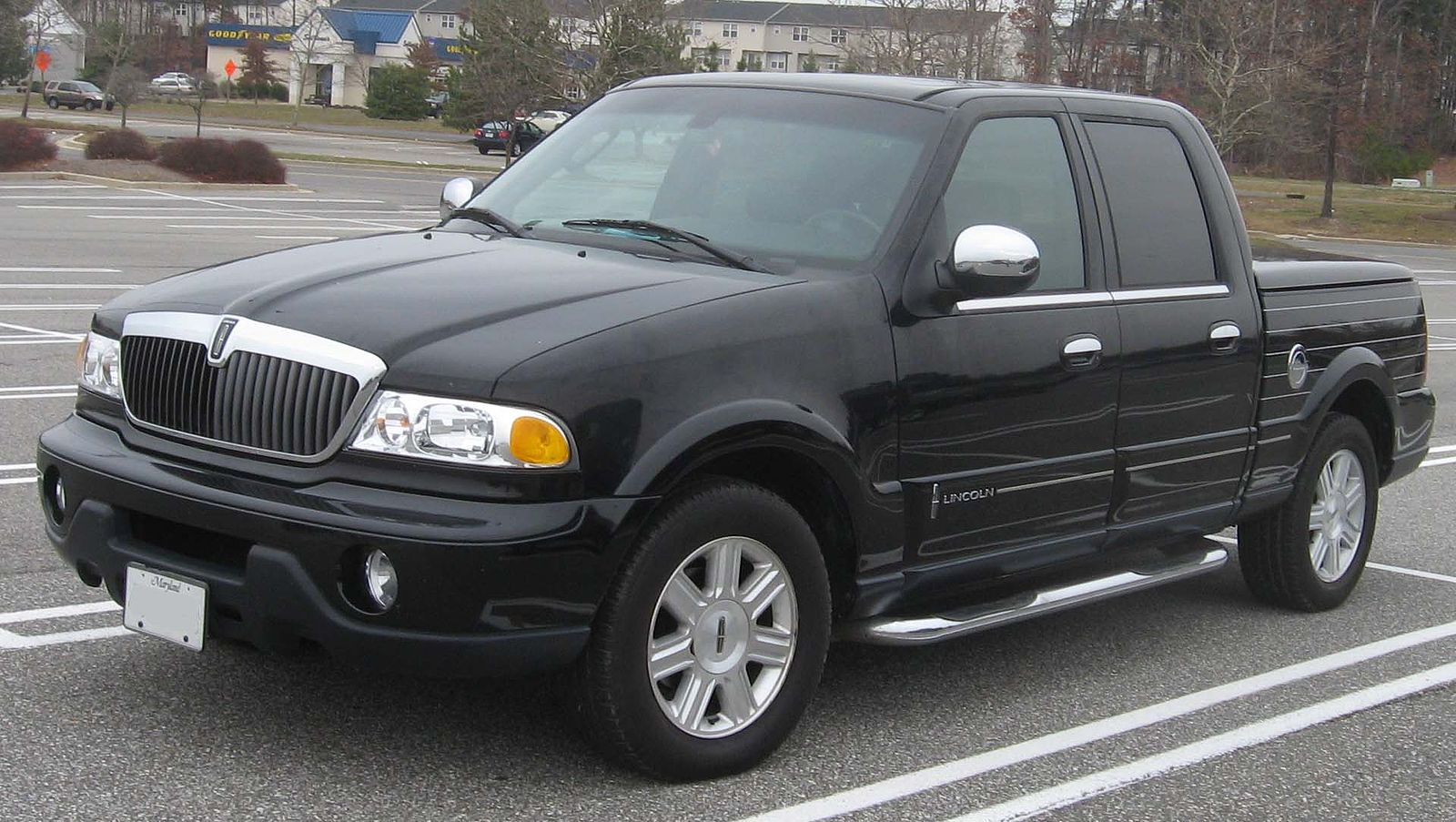
The Lincoln Blackwood was Lincoln’s first and only foray into the luxury pickup segment. It was criticized for its impracticality; the truck featured a carpeted bed with a power tonneau cover, which limited its utility. Only available in rear-wheel drive with a 5.4-liter V8, the Blackwood was underpowered for its class and struggled with sales, leading to its discontinuation after just one year.
Cadillac Escalade EXT (2002-2013)

The Cadillac Escalade EXT was a luxury utility truck based on the Chevrolet Avalanche. While it offered a unique blend of luxury and utility with a plush interior and versatile cargo area, the design was polarizing due to its ostentatious appearance and impracticality for serious truck users. Critics often viewed it as too flashy, and it was criticized for poor fuel economy and a high price point.
Chevrolet Colorado 7 (2013-2016, International)
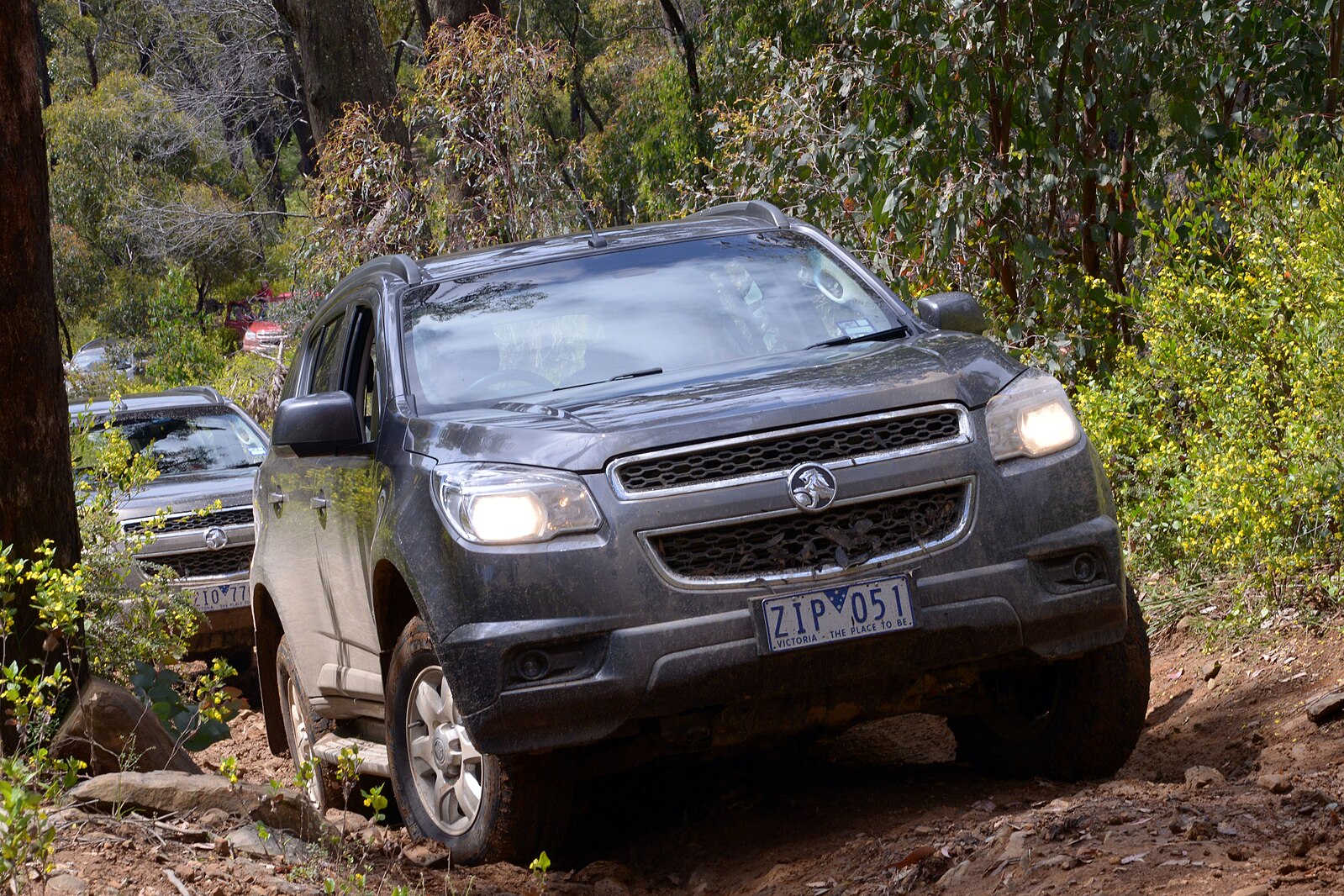
Marketed in certain international markets, the Chevrolet Colorado 7 was criticized for its dated design and underwhelming performance. The truck featured a body-on-frame design that was rugged but lacked refinement and comfort, especially in the interior. Its 2.8-liter turbo-diesel engine was criticized for being noisy and less powerful compared to competitors.
Toyota Tundra (First Generation)

The first-generation Toyota Tundra, introduced in 2000, faced criticism for not matching up to the American full-size trucks in terms of size and power. Its V8 engine, while reliable, lacked the power of its competitors’ engines, and the truck’s payload and towing capacities were also lower than expected for its class.
Hummer H2 SUT (2005-2009)
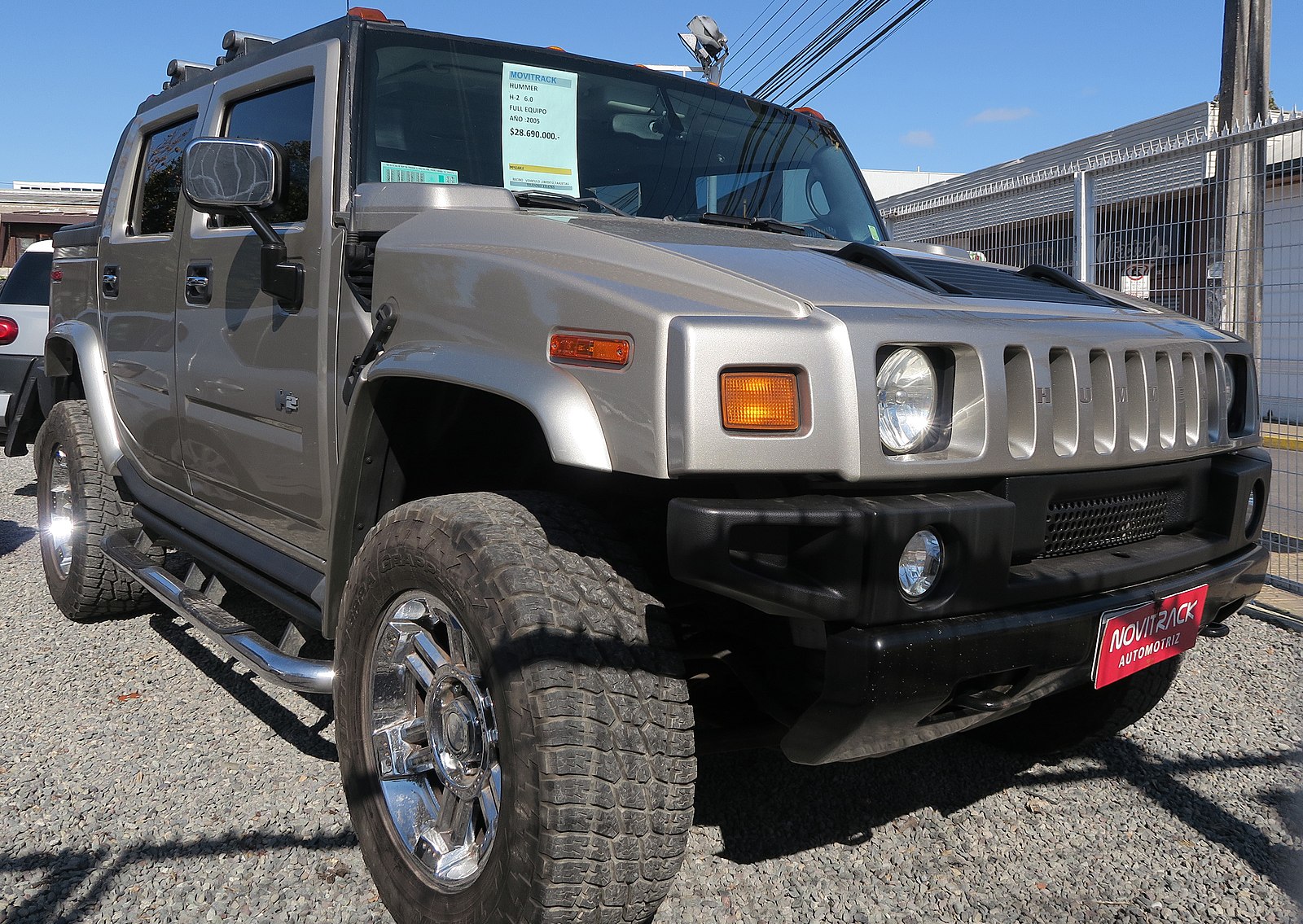
The Hummer H2 SUT was a pickup version of the popular H2 SUV. It was criticized for being overly large and impractical with poor fuel efficiency. Its truck bed was smaller than traditional pickups, which compromised its utility. The design was seen as excessive, contributing to its image as a gas-guzzler during a time when fuel economy became a significant concern for consumers.
Suzuki Equator (2009-2012)

The Suzuki Equator was essentially a rebadged Nissan Frontier. It was criticized for offering little beyond what the Frontier already offered, leading to low sales. The truck’s design did not differentiate much from the Nissan, and without a strong Suzuki dealer network or brand presence in trucks, it struggled to attract buyers.
Isuzu Axiom XST Concept (2004)

The Isuzu Axiom XST was a concept truck that featured a futuristic design, but it was criticized for being too avant-garde with questionable practicality. It never went into production, mainly due to Isuzu’s diminishing presence in the North American market and the vehicle’s departure from traditional truck design.
Jeep Comanche (1986-1992)

The Jeep Comanche was a pickup based on the Cherokee platform. It was criticized for its smaller size and less robust capabilities compared to other trucks in its class. The Comanche struggled with sales due to stiff competition and Jeep’s primary association with off-road, rather than utility vehicles.
GMC Envoy XUV (2004-2005)
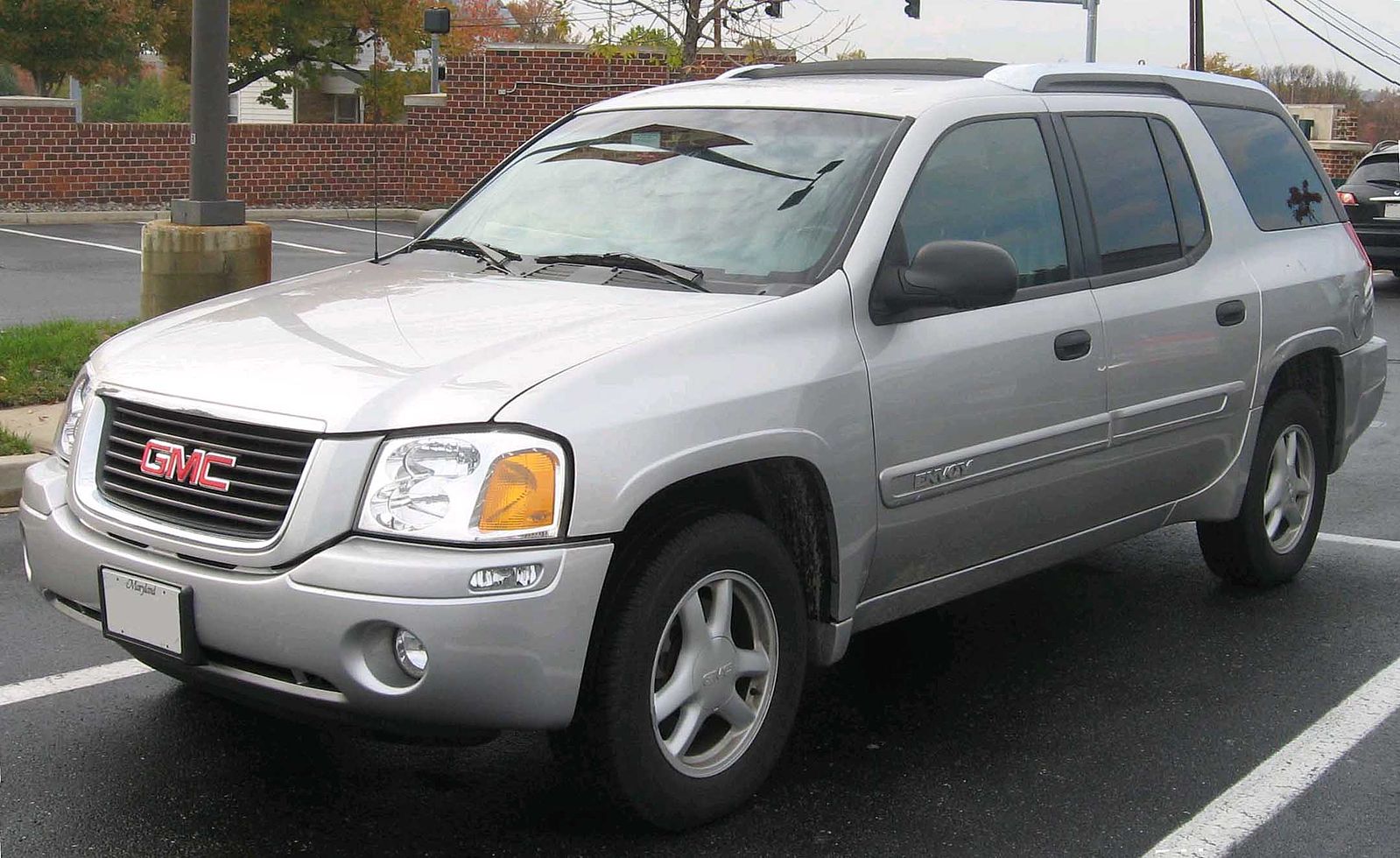
The GMC Envoy XUV was an attempt to combine an SUV with the functionality of a pickup, featuring a retractable roof over the cargo area. It was criticized for its complex mechanism, which was prone to failure, and for not being particularly good at being either an SUV or a pickup. Its high price and mechanical issues led to poor sales and a short production run.
Dodge Dakota Convertible (1989-1991)

The Dodge Dakota Convertible was one of the few convertible trucks ever made, and it was criticized for this unusual design choice. While unique, the convertible feature was seen as a gimmick that offered little practical benefit for a truck. It suffered from structural rigidity issues and was not well-received by the traditional truck buying market, leading to low sales figures.
This article originally appeared on MyCarMakesNoise.
More from MyCarMakesNoise
20 Cars That Have Faded from Everyday Roads

These cars, once common on American and European roads, now rest in museums as symbols of past technological progress. Read More.
The Most Fuel-Efficient Motorcycles Revealed
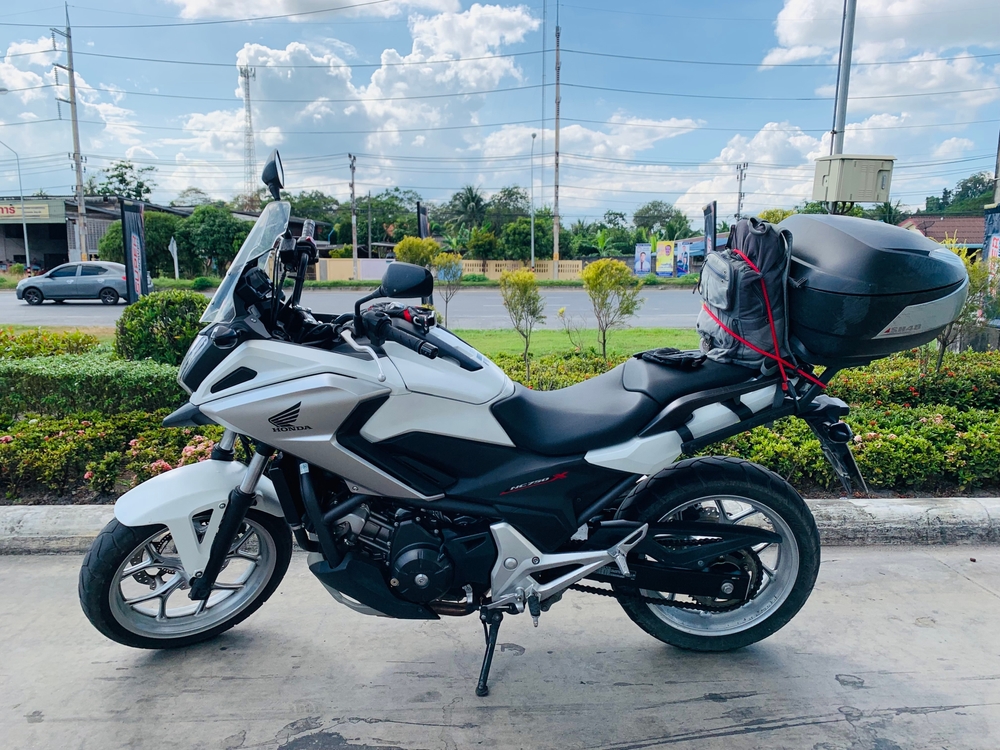
Enter the realm of fuel-efficient motorcycles, a blend of innovation, performance, and economy that answers the daily commute dilemma. Read More.
Uncovering the MostUnnecessary Car Features

In the race to outdo competitors and captivate consumers, automakers often fill their vehicles with an array of features, promising cutting-edge technology and unparalleled comfort. But is more always better? Read More.




